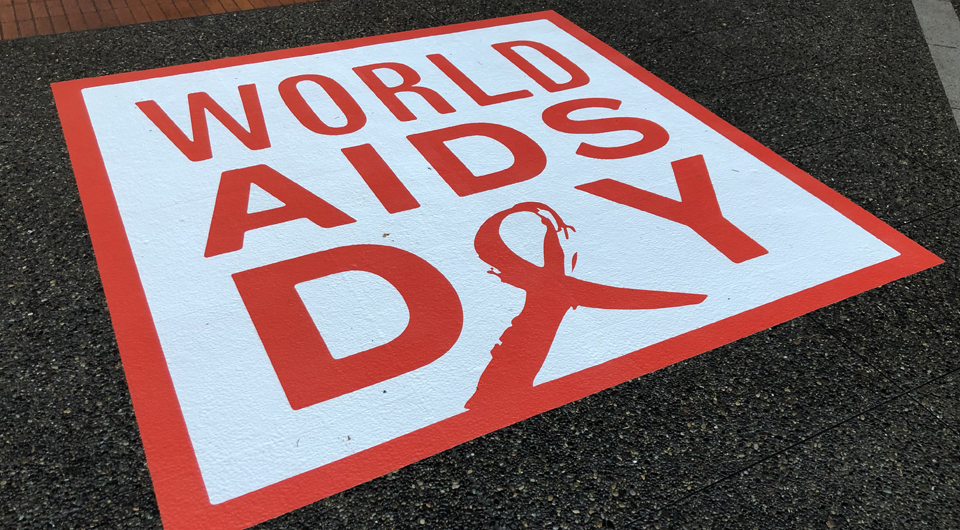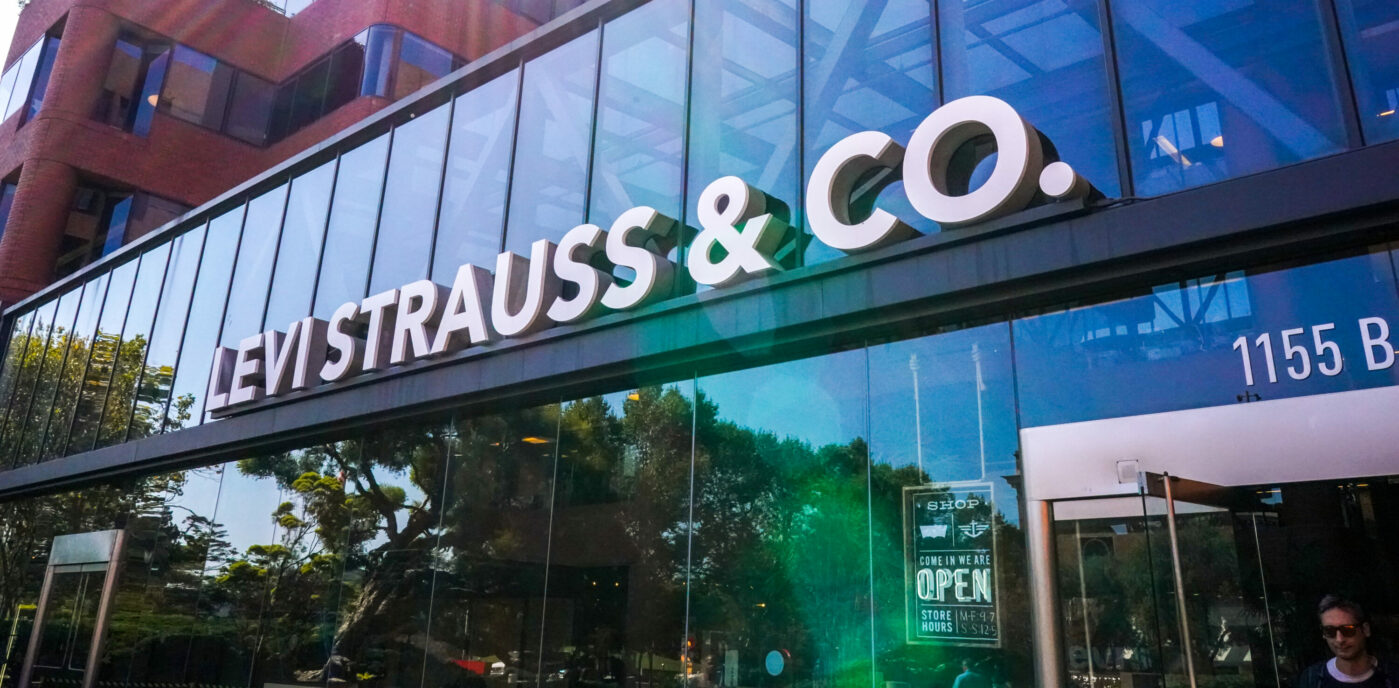Stan Wong leads the global HIV/AIDS grantmaking/program strategy for the Levi Strauss Foundation.
The face of HIV/AIDS has changed dramatically in the nearly four decades since it was first diagnosed, and there is a real possibility that an AIDS-free generation is in sight.
But as we observe the 30th anniversary of World AIDS Day on Dec. 1, it’s important to remember that we’re not there yet. Even with life-saving treatments and widespread awareness, it’s still a disease without a cure that impacts more than a million people in the U.S., and a staggering 36.9 million globally.
It’s not just that it’s still a harrowing disease with no cure. It’s also a problem compounded by politics, racism, homophobia and transphobia, gender inequality, poverty, stigma and discrimination—or broadly speaking, social injustice and inequality.
The U.S. Centers for Disease Control and Prevention has analyzed the overall lifetime risk of HIV infection for people in the United States to be 1 in 99; the reality is that some populations – those most vulnerable in our society – are at far greater risk of becoming infected with HIV.
For example, white men have a 1 in 132 chance of HIV infection. Hispanic/Latino men have a 1 in 48 risk factor, and for black men the odds increase to 1 in 20. White gay men and men who have sex with men (MSM) have a 1 in 11 risk factor; black gay men have a 1 in 2 risk factor. The same inequities exist for women, and across different regions of the country.
Without doubt, there has been significant progress made in the fight against HIV/AIDS in the last three decades with medicine and science. It is no longer the wildly out-of-control global pandemic setting a “red alert” all around the world. In the United States and many parts of the world, people are living with HIV, living longer and healthier lives. But have we come as far socially as we have with medicine and science?
Can a transgender woman access and receive the same level of quality healthcare as a white man? Can a transgender woman find steady employment if finding an appropriate bathroom is a national debate? Does a woman have the power to negotiate condom use all the time? Does homophobia prevent young gay men from accessing appropriate healthcare? Will an undocumented American seek out healthcare if the threat hangs in the air? How safe can a person living with HIV feel if she or he can be prosecuted for not disclosing their status to someone with whom they have sex? How can anyone maintain their health if they don’t have a safe place to live or enough to eat?
These are the questions that we are grappling with today – and The Levi Strauss Foundation’s approach to combatting the disease has certainly evolved in response. Today, we support leading activist organizations to address the social injustice and inequalities that continue to fuel the HIV/AIDS epidemic through policy change and advocacy work. This could mean changing bad laws or legal systems, fixing unfair policies, or building movements within affected communities.
But Levi Strauss & Co. has been involved in the fight against HIV/AIDS since nearly the beginning. San Francisco was one of the epicenters of the epidemic in the U.S. in the early 1980s. Employees wanted to distribute information at our headquarters, but were concerned about being stigmatized, so the leadership joined them to hand out this information. And just like that, LS&Co. became one of the first companies to get involved with raising awareness about HIV/AIDS and combatting stigma and discrimination. LSF made its first HIV/AIDS-related grant in 1982 to support the first AIDS clinic in the world at San Francisco General Hospital—a grant that matched an employee’s contribution.
And, because of our significant business footprint, as the HIV/AIDS epidemic grew, LS&Co. got involved in other places like China and South Africa. Over time, the commitment by the company and the foundation’s evolved and changed. We sold T-shirts to raise awareness and money. We encouraged employees to volunteer. We created a global HIV Employee Program (the first of its kind) to support our own colleagues who needed assistance.
I am so proud to be part of this foundation and this company, which has rolled up its proverbial sleeves and is intent on seeing it through to the end. It’s not about red ribbons or being the first company to be involved. It’s not about legacy or the disease du jour. It’s not about morality or judgment.
It’s about doing what’s right, not what’s easy. It’s about standing with the people who need some help and support. It’s about looking beyond the virus to understand the people living with or affected by it.







